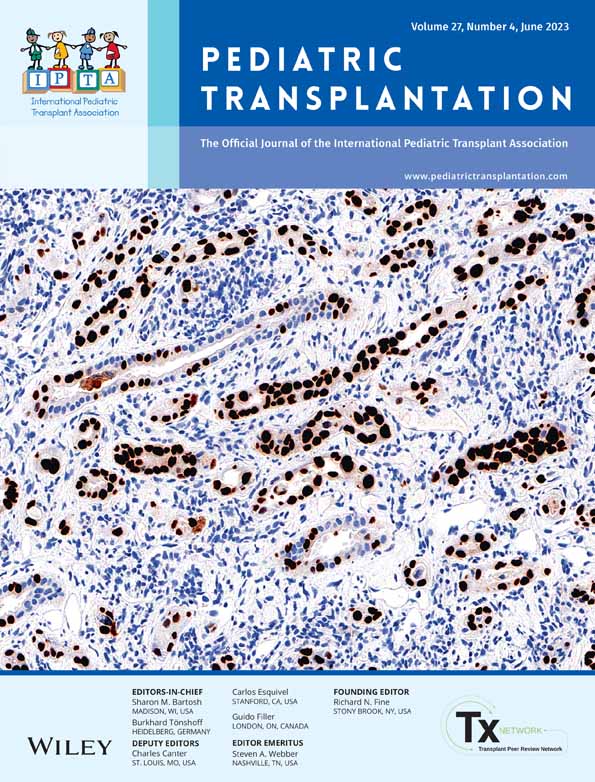A decrease in the incidence of Shiga toxin-related hemolytic uremic syndrome as a cause of kidney transplantation at an argentine referral center
Abstract
Background
In Argentina, Hemolytic uremic syndrome caused by Shiga toxin-producing Escherichia coli (STEC HUS), is the main cause of acute kidney injury and the second cause of end-stage renal disease (ESRD) in children. In recent decades, strategies have been implemented to reduce progression to ESRD, but it is not known whether the cumulative incidence of HUS requiring kidney transplantation (KTx) has decreased. We aimed to determine whether the cumulative incidence of STEC HUS in children undergoing KTx decreased and compared outcomes of HUS-related KTx vs. those related to other etiologies.
Methods
All patients who underwent KTx at our institution were evaluated. The cohort was divided into quintiles (Q), and we compared the cumulative incidence of HUS-related KTx vs KTx due to other etiologies.
Results
A total of 1000 consecutive KTx were included. The cumulative incidence of HUS-related KTx was 11%. HUS was the second cause of KTx in Q1: 17% (1988–1995); Q2: 13.5% (1996–2003); Q3: 11.5% (2004–2009) and third cause in Q4: 10% (2010–2015) and Q5: 3% (2016–2021). The cumulative incidence of HUS-related KTx decreased in Q4 and Q5 compared to Q1, Q2, and Q3 and the decline was even steeper when comparing Q4 to Q5 (p:0.019). There was no difference in graft survival in patients with HUS vs. congenital anomalies of kidney and urinary tract (CAKUT) but better than in those with focal segmental glomerulosclerosis (FSGS).
Conclusions
In this cohort, the cumulative incidence of HUS-related KTx decreased, which may have been due to the implementation of nephroprotective strategies.
Open Research
DATA AVAILABILITY STATEMENT
Data available on request from the authors.




